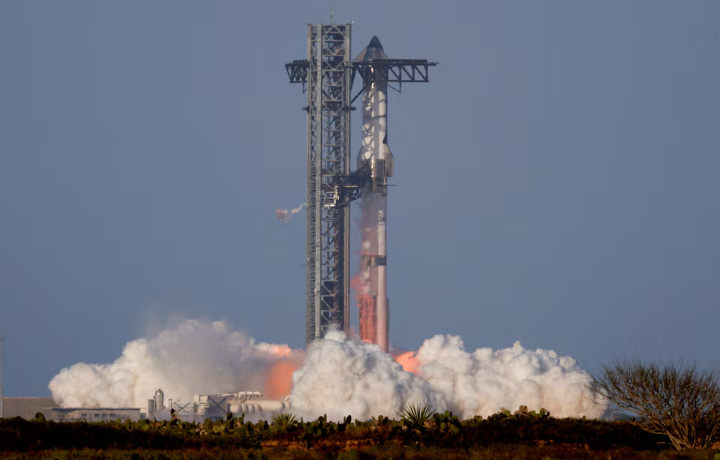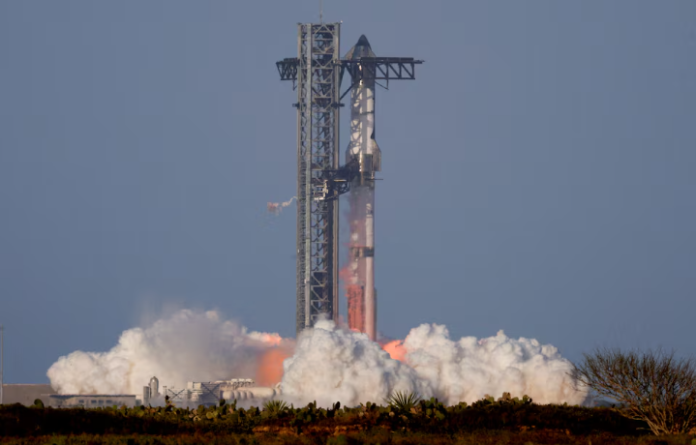SpaceX CEO Elon Musk has once again made headlines with a groundbreaking announcement. According to Musk, Starship—SpaceX’s massive interplanetary spacecraft—is scheduled to embark on a journey to Mars by the end of 2026. The mission will carry Tesla’s humanoid robot, Optimus, marking a major milestone in space exploration and robotics.
A Giant Leap Toward Mars
On Friday, Musk took to his platform, X (formerly Twitter), to reveal the ambitious plan. He suggested that human landings on Mars could happen as early as 2029, though he admitted 2031 might be a more realistic target depending on the success of initial missions. This aligns with Musk’s long-term vision of making humanity a multi-planetary species.
Starship, designed to be the most powerful rocket ever built, plays a critical role in Musk’s Mars colonization dream. The fully reusable spacecraft is expected to revolutionize both commercial space travel and deep-space missions. If successful, this would be a major step toward Musk’s vision of building a self-sustaining human settlement on the Red Planet.
Optimus: The Future of Space Labor?
Tesla’s Optimus, a humanoid robot initially designed for factory work, is set to be a key passenger on the 2026 Mars mission. Musk previously stated that Optimus would begin working in Tesla factories by the end of 2024. If deployed successfully in space, it could serve as a robotic assistant for future Mars missions, performing tasks too dangerous or tedious for human astronauts.
A Shift in U.S. Space Priorities?
In a previous report by Reuters, insiders suggested that Musk’s Mars mission could become a greater national priority under a future Trump administration. This could potentially reshape NASA’s current focus on the Moon and direct more funding and political backing toward Mars exploration. Such a shift would be a massive boost for SpaceX, solidifying its role as the leader in interplanetary travel.
Why Starship Is Key

Starship is central to SpaceX’s long-term strategy. The spacecraft is not only vital for interplanetary missions but also for SpaceX’s growing satellite launch business. Currently, the company dominates this industry with its partially reusable Falcon 9 rocket. However, Starship’s full reusability could significantly lower the cost of launching satellites and deep-space missions.
Musk has repeatedly emphasized that Starship’s success is crucial for making Mars colonization economically viable. The upcoming launch tests, expected to continue through 2025, will determine whether the spacecraft is ready for the historic 2026 Mars mission.
What’s Next?
With ambitious timelines and groundbreaking technology, SpaceX is once again pushing the boundaries of what’s possible. If all goes according to plan, we may soon witness the first non-human worker setting foot—or wheels—on Mars.
The future of space exploration is unfolding before our eyes. Do you think SpaceX can stick to this timeline? Share your thoughts in the comments below!



